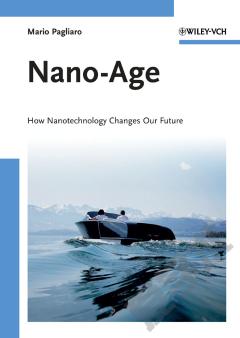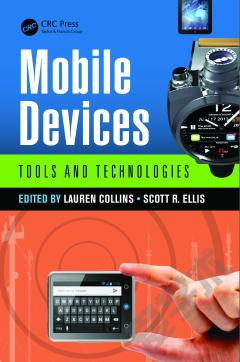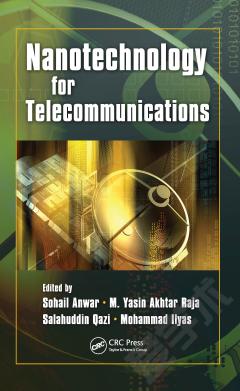Nanotechnologies for Future Mobile Devices
to where, how, and which part of the mobile phone can benefit from any of the above. This chapter, as written, could have been in any nanotechnology book. Chapter 3 deals with energy and power aspects of nanotechnology. The chapter begins with a good background on the power consumption of mobile phones at present and anticipated in the future and follows with advances in battery and supercapacitor technologies. Other unconventional opportunities in the research stage, such as thermoelectric power generation (exploiting temperature gradients) and energy scavenging fromvibrationsandelectromagneticradiation, are also covered nicely. Portabletype solar cells that use carbon nanotubes or inorganic nanowires of silicon as well asdye-sensitizedsolarcellsareincluded. Chapter 4 addresses computing and architecture with an example of a possible multiprocessor architecture for future mobile phones. Potential devices of the future from molecular electronics, spintronics, and magnetic logic to DNA computing and nanoelectromechanical computing are included. This chapter also addresses memory needs of cell phones and lists several future options such as phase change memory, ferroelectric random access memory, and magnetic random access memory. These three technologies have advanced much further than carbon nanotube and molecular memories. A nice comparison chart assessing all competing memory technologies in terms of various performance figures-of-merit is given. Similarly useful are comparison charts for various nanoscale architectures and for various nanologic devices. Ubiquitous sensing is the theme of
{{comment.content}}








 京公网安备 11010802027623号
京公网安备 11010802027623号